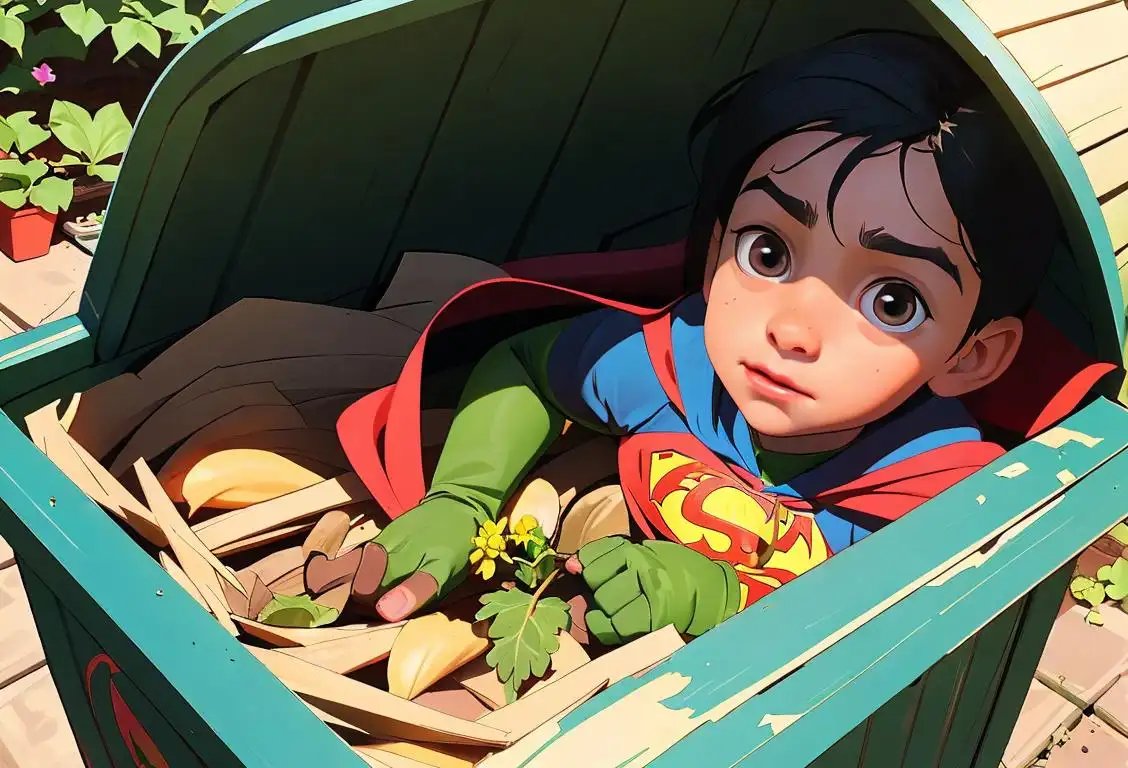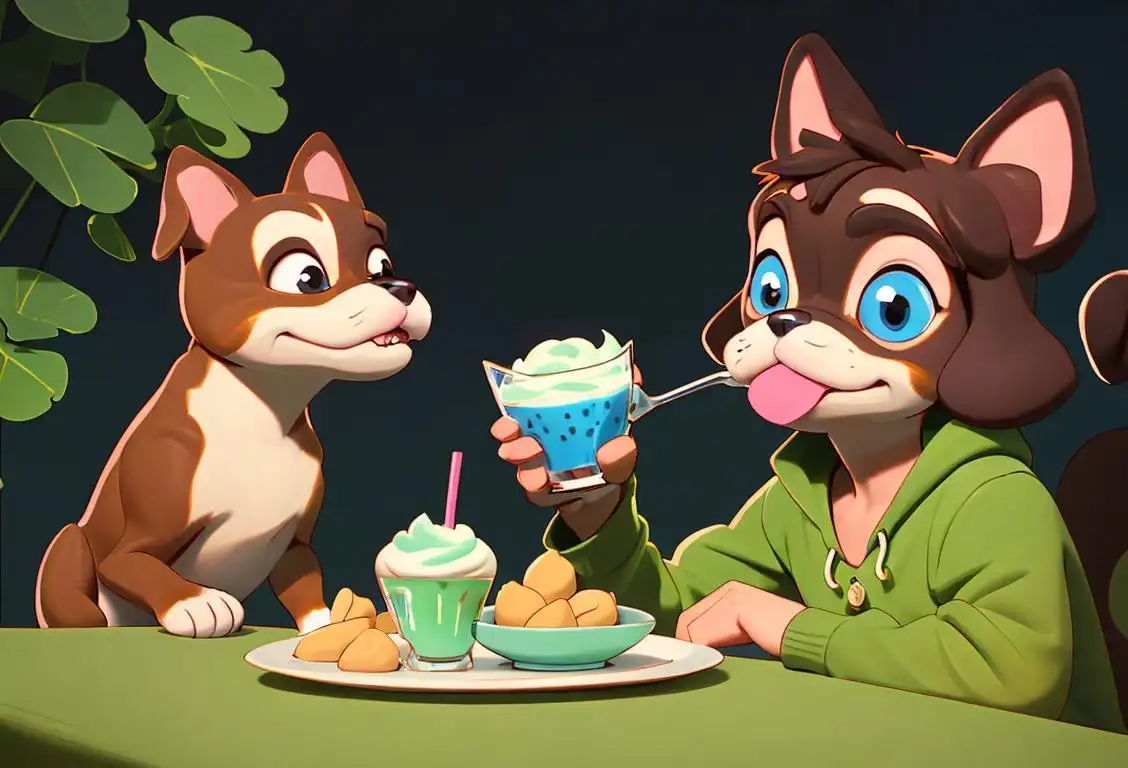National Jerky Day

Hey there, jerky lovers! Get ready to sink your teeth into some juicy information about National Jerky Day! Whether you're a fan of beef, turkey, or even exotic jerky like alligator or kangaroo, this day is for you.
When is Jerky Day?
It's national jerky day on the 12th June.
The History of National Jerky Day
Pack your bags, folks, we're going on a journey through time to uncover the origins of National Jerky Day. Back in the day, our hunter-gatherer ancestors would preserve meat by drying it, allowing them to have a tasty protein-packed snack during long journeys and harsh winters.
Fast forward to the 19th century, and this ancient preservation technique gained popularity among pioneers and cowboys exploring the Wild West. Jerky became a staple in their diets, offering a convenient and delicious way to fuel their adventures.
Nowadays, jerky has evolved into a beloved snack enjoyed by people from all walks of life. It's the perfect on-the-go treat for hikers, campers, and sports enthusiasts or a flavorful addition to your movie night feast. National Jerky Day celebrates these chewy delights and the enduring tradition of meat preservation.
Fun Ways to Celebrate
If you're wondering how to honor this savory holiday, we've got you covered. Here are some fun and flavor-packed ideas:
- Host a jerky tasting party with your loved ones. Compare different flavors, textures, and meat types. It's a jerky extravaganza!
- Flex your culinary skills by incorporating jerky into your favorite recipes. Jerky-stuffed omelettes, anyone? Trust us; it's delicious!
- Hit the great outdoors with a hiking trip and keep your energy levels up with some trail mix containing, you guessed it, jerky!
- Donate jerky to food banks or organizations that support our troops. Show your appreciation and share the jerky love.
This National Jerky Day, let's embark on a smoky and chewy adventure that brings us all together in the name of deliciousness.
History behind the term 'Jerky'
1500s
Introduction of the Term 'Jerky'
The term 'jerky' is believed to have originated from the word 'charqui,' which comes from the Quechua language spoken by the native people of the Andes region in South America. Charqui is a method of preserving meat by cutting it into strips, seasoning it, and drying it to remove the moisture. Spanish explorers encountered this preserved meat during their journeys and called it 'charqui.' Over time, this term evolved into 'jerky' in the English language.
1800s
Frontier Necessity for Dried Meat
During the 1800s, as Europeans and Americans explored and settled the North American frontier, they encountered vast landscapes with limited access to fresh food. Preserving meat became a necessity for survival. The traditional indigenous method of making 'charqui' or 'jerky' proved to be an excellent way to store meat for long periods without refrigeration.
Late 1800s
Industrial Revolution and Commercial Production
With the advent of the Industrial Revolution in the late 1800s, the production of 'jerky' began to shift from small-scale homemade batches to larger-scale commercial operations. Meat processors and manufacturers realized the profit potential in producing and selling dried meat products to a wider consumer base. This era marked the beginning of the widespread availability and commercialization of 'jerky'.
20th Century
Popularity and Diversification of Jerky
Throughout the 20th century, 'jerky' continued to gain popularity as a convenient and long-lasting snack. With advancements in food technology and packaging, the production and distribution of 'jerky' became more efficient. The demand for different flavor profiles and variations of 'jerky' grew, leading to the introduction of various meats and flavors such as beef, turkey, venison, and teriyaki.
Present Day
Jerky's Global Appeal
In the present day, 'jerky' has transcended cultural boundaries and is enjoyed by people all over the world. It has become a popular snack for outdoor activities, travel, and sports enthusiasts. Jerky's high protein content, long shelf life, and convenience make it a go-to snack for many. Additionally, the use of innovative ingredients and preparation techniques has led to the emergence of gourmet 'jerky' brands, further expanding its appeal and market presence.
Did you know?
Did you know that Native Americans were known to make jerky using various game animals? They would season the meat with salt and spices, then sun-dry or smoke it to perfection. Talk about jerky pioneers!Tagged
food fun loved ones sportsFirst identified
11th June 2015Most mentioned on
12th June 2015Total mentions
1952Other days
One Day
Action Day
Bowling Day
Trivia Day
Suicide Prevention Month Day
Opposite Day
Happiness Day
Foundation Day
Drink A Beer Day
Awareness Day









